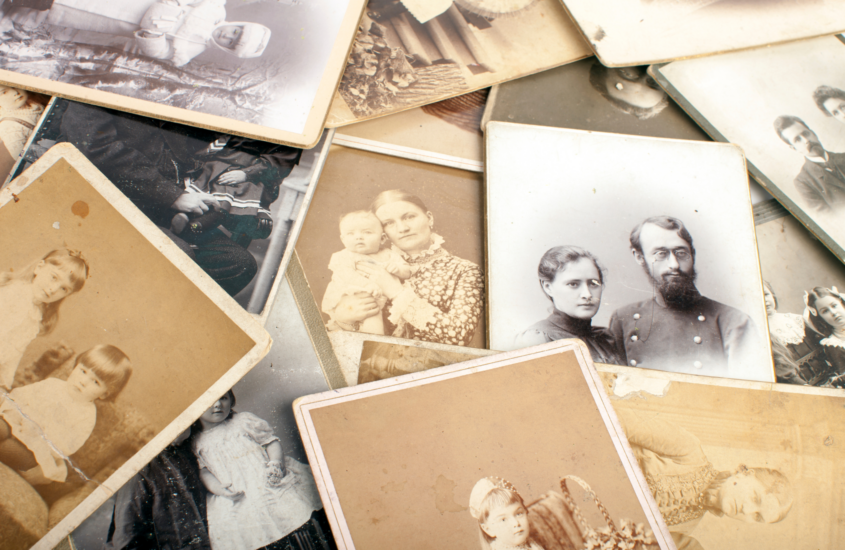Your Ancestors Didn’t Die for This
AmericanMom Team |
Every year we pay taxes. We gather all the paperwork, check all the receipts, tally all the numbers, and submit everything we’ve found regarding our income and expenditures to the government. Often, we are told we didn’t pay enough. Sometimes, we get refunds. Every single time, we are screwed out of money we worked hours and hours to earn. Our ancestors didn’t die for this.
And every year we have more and more reason to believe that the government takes our money, turns around, and tosses it into a flaming trash can. And we wouldn’t be all that wrong. If we simply replace “flaming trash can” with “transgender opera in Colombia” or “tourism in Egypt” or “electric vehicles for Vietnam”, we’d be spot on. Our ancestors didn’t die for this.
Our Ancestors Died for America
No, your ancestors died for America. That’s right, America. Remember that place? The country we’re told our tax dollars benefit? Our ancestors endured disasters, oppression, pain, suffering, and hardships we cannot even imagine, let alone sign up for. Which is what most of them did, in fact. They knew traveling across an ocean could be their death warrant. They understood enlisting in the army was equivalent to picking up the gravedigger’s shovel. They were well-aware of the fact that if they set off West, they would probably never be heard of or seen again.
And they thought all their back-breaking work, blood, sweat, and tears would build a strong prosperous country. The earth tremors with the motion of every ancestor spinning in their grave.
The Mayflower
Did you know that the 102 passengers of the Mayflower spent more than three grueling months at sea? At the end of July 1620, they sailed from Delfshaven, Netherlands to Southampton, UK, then set off for Virginia. Not long after leaving, one of the two-boat entourage—the Speedwell—began to leak. They “pulled over” in Dartmouth, fixed it, then set sail again. But it began to leak again so they stopped at Plymouth where the Speedwell passengers either stayed behind or joined the overcrowded Mayflower. At this point, the pilgrims had already been stuffed into the cargo ships for a month and a half.
Including the crew of 37 men, the Mayflower housed 102 within the 100 foot long and 24 foot wide ship. This wasn’t a luxury cruise. There were no private cabins for each individual or family. Instead, passengers lived and slept in the windowless, cold, and damp gun deck. Their companion for the journey was a 30-foot long sailboat bringing the total space for passengers to an area that measured 58 feet by 24 feet by about 5 feet. Oh, and there was no such thing as indoor plumbing, there was no Wi-Fi, TV, Spotify, all-you-can-eat buffets, or full production all-day entertainment.
While crossing the seemingly endless expanse of the Atlantic Ocean, the ship experienced severe storms that caused the ship to “roll like a pig” (in the words of Conrad Humphreys who recreated the journey). From broken masts to storms and rolling ocean, to winds that blew the ship backwards more than forwards, the journey of the pilgrims was anything but calm and comfortable.
In early November 1620, the Mayflower arrived at Cape Cod. By spring 1621, more than half the passengers had died.
(Courtesy of history.com)
Normandy
Three hundred and twenty-four years later 10,000+ men died or were injured on the beaches of Normandy. This pivotal point in WWII required the combined forces of all Allies against the Nazi forces who had taken France and were advancing on the UK. Despite some complications (weather, logistics, etc.), Dwight D. Eisenhower signed off on the operation and 5,000 Ships and 13,000 aircraft supported the execution of this risky endeavor.
Silently approaching the shores of France, those 5,000 ships were packed with men waiting. In the silence, on the rolling English Channel, these men knew they were headed to their deaths. “The only hope you have is to accept the fact that you’re already dead. The sooner you accept that, the sooner you’ll be able to function as a soldier is supposed to function,” says Ronald Spiers of E Company, 506th Regiment, 101st Airborne.
Some of these men had lied about their age in order to qualify for military service. All of them had spent hours training and preparing for this day. And none of them doubted that they were fighting for a worthwhile cause.
(Courtesy of army.mil)
Our Ancestors Didn’t Die For This
Our ancestors didn’t cross oceans, till rugged land, shed blood for independence, or endure the brutal conditions of slavery so you could be crushed under the weight of excessive taxes and government overreach. From root to highest branch, your family tree is covered in suffering and struggle in the name of a brighter future than that. They sacrificed everything for freedom, for opportunity, and for the right to pursue happiness—not for us to bend over backwards just to make ends meet while bureaucrats siphon away our money to foreign lands and fruitless pet projects.
“I do not love the sword for its sharpness, nor the arrow for its swiftness, nor the warrior for his glory. I love only that which they defend.” – Faramir, The Lord of the Rings.
The people who came before us struggled and died for a reason. They had something they were defending: the American dream. The upward mobility and wealth and equality that comes from a free-market and constitutional republic. There was a future they envisioned for their children and grandchildren which, no doubt, did not involve becoming the open wallet and doormat for the rest of the world.
The original purpose and promise of America is not yet dead. We simply have to refocus on the true America and the future our ancestors died for.






